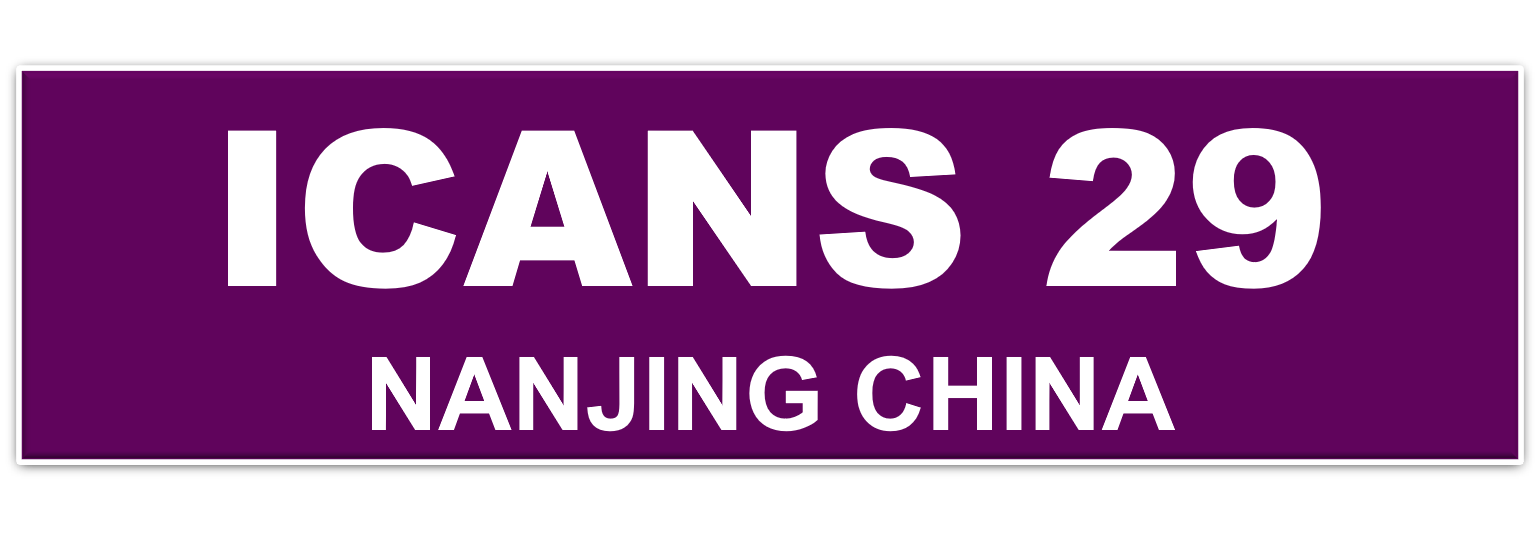Jian-Jun Zhang
Si-based Nanostructures
Institute of Physics,Chinese Academy of Sciences
No.8, 3rd South Street, Zhongguancun, Haidian District,Beijing
Email: jjzhang@iphy.ac.cn
Biography
Jian-Jun Zhang is a group leader and professor at Institute of Physics, the Chinese Academy of Sciences. He undertook his joint PhD at Max Planck Institute for Solid State Research in Stuttgart and Johannes Kepler University Linz. He then spent more than 4 years as a postdoc at IFW Dresden and at CQC2T UNSW Sydney before moving back to China in 2014. His group is focusing on the Si based low-dimensional semiconductors including SiGe quantum materials for quantum computing and III-V lasers on Si for Silicon photonics.
Abstract for Presentation
Si-based nano-crystalline semiconductors for quantum computing and photonics
This talk includes two parts. In the first part, I will show you the novel growth technique to obtain highly uniform Ge quantum wires with controllable position, distance and length on patterned Si (001) substrates [1, 2]. I then present the electrically tunable strong spin-orbit coupling, the first Ge hole spin qubit and ultrafast operation of hole spin qubit in the Ge/Si quantum wires [1-4]. In the second part, I will show you a unique way to achieve high-quality III-V layers on Si (001) via homo-epitaxially grown (111)-faceted Si hollow structures by such hybrid epitaxy. The anti-phase domain annihilates, and the threading dislocation terminates mainly at the (111)-facetted Si/GaAs interface [5]. The hollow structures can effectively reduce the thermal mismatch between Si and GaAs. On such (111)-faceted hollow Si structures, we have successfully demonstrated high performance microcavity, microdisk, Fabry–Perot InAs/GaAs quantum dots lasers and injection locked comb lasers [6-9].
References
[1] Fei Gao et al., Adv. Mater., 32 (2020) 1906523.
[2] Fei Gao et al., Acta Phys. Sin., 69 (2020) 028102.
[3] Hannes Watzinger et al., Nat. Comm., 9 (2018) 3902.
[4] Ke Wang et al., Nat. Comm., 13 (2022) 206.
[5] Wen-Qi Wei et al., Appl. Phys. Lett., 113 (2018) 053107.
[6] Wen-Qi Wei et al., Opt. Lett., 45 (2020) 2042.
[7] Wen-Qi Wei et al., Opt. Express, 28 (2020) 26555.
[8] Zi-Hao Wang et al., Opt. Express, 29 (2021) 674.
[9] Jing-Zhi Huang et al., Opt. Lett., 46 (2021) 5525.
WELCOME TO CHINA TO ATTEND THE ICANS
23-26 August, Nanjing, China
Connect with us:



